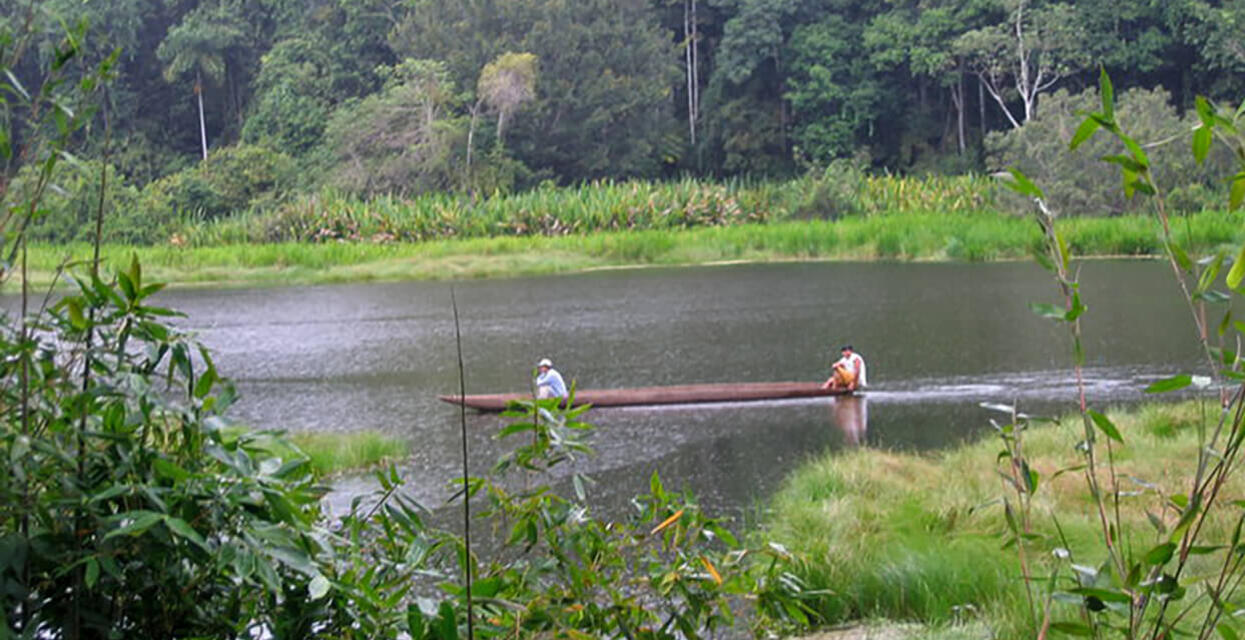Cocha Cashu Biological Station
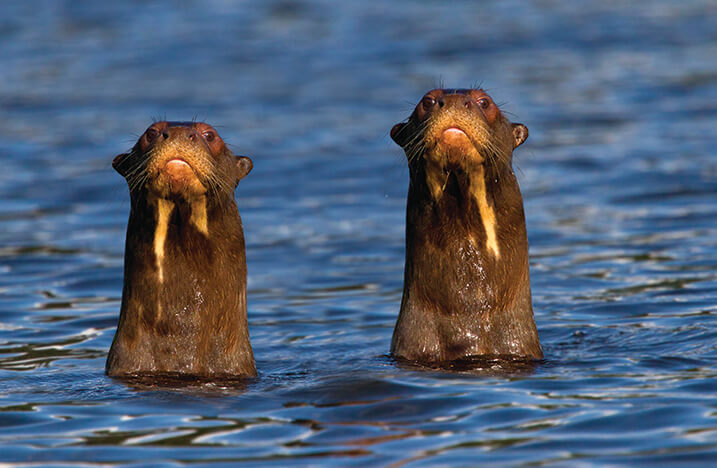
In 2014, we expanded our commitment to Amazonian rainforest conservation by taking on management responsibility for Cocha Cashu Biological Station, a conservation work center located in Manu National Park, Peru. Situated in the western Amazon, the station lies within the 4-million acre park, recognized by UNESCO as a World Heritage Site and protected as a biosphere preserve. It is among the most biodiverse lowland tropical forests in the world, and is considered to be one of the most pristine ecosystems on the planet. The national park is home to more than 1,000 bird species, 200 species of reptiles and amphibians, 125 species of mammals, and 40 species of fish, with more certain to be documented in the future. Living in the area of the field station are such rare and charismatic species as jaguars, giant river turtles, Goeldi’s monkeys, black caimans, lowland tapirs, and giant river otters. The only human inhabitants of the region are indigenous groups, including the Machigenga tribe and five others that remain uncontacted by Western society. San Diego Zoo Wildlife Alliance staff in Recovery Ecology maintain the station, making it available to scientists as a premier field site and serving as a training facility for future conservation scientists.
Ebo Forest Research Stations
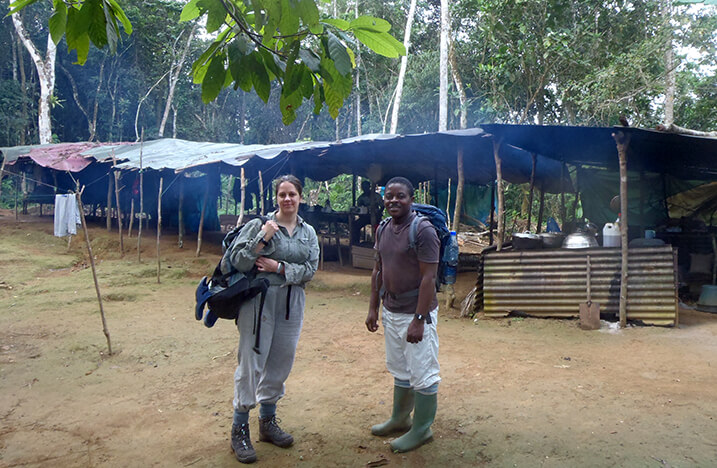
In 2005, our Central Africa Program established the first of our field research stations, Bekob Station, in the Ebo Forest of Cameroon. In 2009, we created the Njuma Field Station to concentrate on different aspects of the enormous biodiversity across the forest, as well as help protect the forest from hunting pressure. Since these two conservation work stations were first established, they have been permanently manned by our team of dedicated staff, many of whom come from the villages surrounding the forest. The stations consist of open-air living and working spaces, including outdoor kitchens and areas for processing samples and conducting data analysis. Daily activities include monitoring trails and transects for observations, vocalizations, and signs of large mammals, including forest elephants, red river hogs, several endangered primates species such as drills, chimpanzees, gorillas, and critically endangered Preuss’s red colobus monkeys. We also host national and international scientists and university students and help train Cameroon’s future wildlife law enforcement officials. We are currently working with these communities in the villages surrounding the forest to develop income-producing strategies that do not harm protected species, and supporting the fledging Organization of Ebo Chiefs to lead conservation initiatives and sustainable development into the future.
Keauhou and Maui Endangered Bird Conservation Centers

Our Hawaii Endangered Bird Conservation Program operates the Keauhou and Maui Bird Conservation Centers, where we carry out propagation programs for Hawaiian forest birds, including the critically endangered ‘alala. Our work is part of a long-standing partnership with the U.S. Fish and Wildlife Service and the State of Hawaii Division of Forestry and Wildlife. At each facility, a team of research associates led by a research coordinator undertakes crucial husbandry and propagation activities. Our staff are also involved in fieldwork in the Alakai Natural Area Reserve on Kauai and the northern slopes of Mauna Kea at Puu Mali. Here we engage in post-release monitoring of captive-bred birds that have been released into protected habitat to augment wild populations. The Keauhou Bird Conservation Center, located outside the town of Volcano on the Big Island, is situated on 155 acres generously leased as a donation from Kamehameha Schools. This center includes 18 ‘alala aviary buildings, as well as two forest bird barns and a main building with offices, a veterinary clinic, and a suite of incubation and hand-rearing rooms. Two-thirds of the world’s population of ‘alala reside here, along with captive flocks of puaiohi, palila, Maui parrotbills, and visiting wild nene. The Maui Bird Conservation Center, located in Olinda, sits at nearly 4,000 feet in elevation on the slopes of Haleakala Volcano. Originally constructed as a low-security prison, it has continued to evolve as a successful bird propagation facility with two forest bird indoor areas, nene pens, and dedicated ‘alala aviaries, including four new buildings that can house up to 24 birds.
San Clemente Loggerhead Shrike Breeding Facility
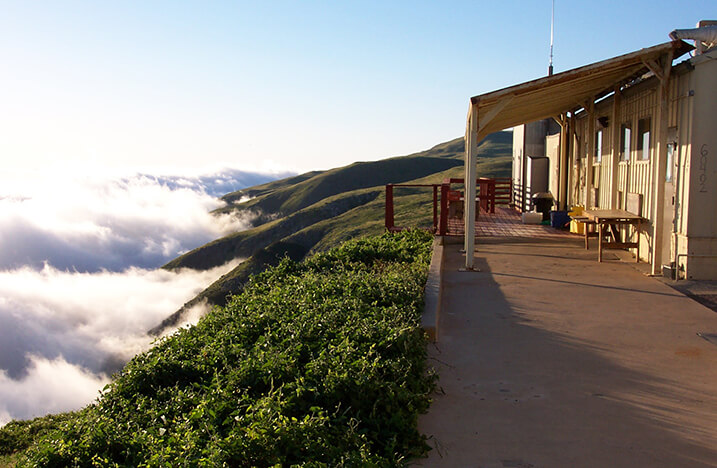
San Clemente Island, located 68 miles west of San Diego, is the southernmost of the eight main Channel Islands, and is an active training site for the U.S. Navy, including the Navy’s only live fire range. The windswept island, 21 miles long and 1 - 4.5 miles wide, is home to a variety of endemic plants and animals, including the critically endangered San Clemente loggerhead shrike. Here, the Navy funds a long-term collaborative recovery effort that involves field-monitoring, predator management, habitat restoration, and a breeding-release program. Our on-island breeding facility houses a population of 60-65 adult shrikes that are bred to produce birds for release into the wild population. During their work week, our staff fly from the North Island Naval Air Station to the island. Staff duties include animal husbandry, minor veterinary care, hand-rearing of chicks, behavioral monitoring, data management, and facilities maintenance. The survival and successful breeding of shrikes in our care and released to the wilderness has grown the wild population from a low of 14 birds in 1998 to high of over 85 breeding pairs in 2009.
Burrowing Owl Recovery Program
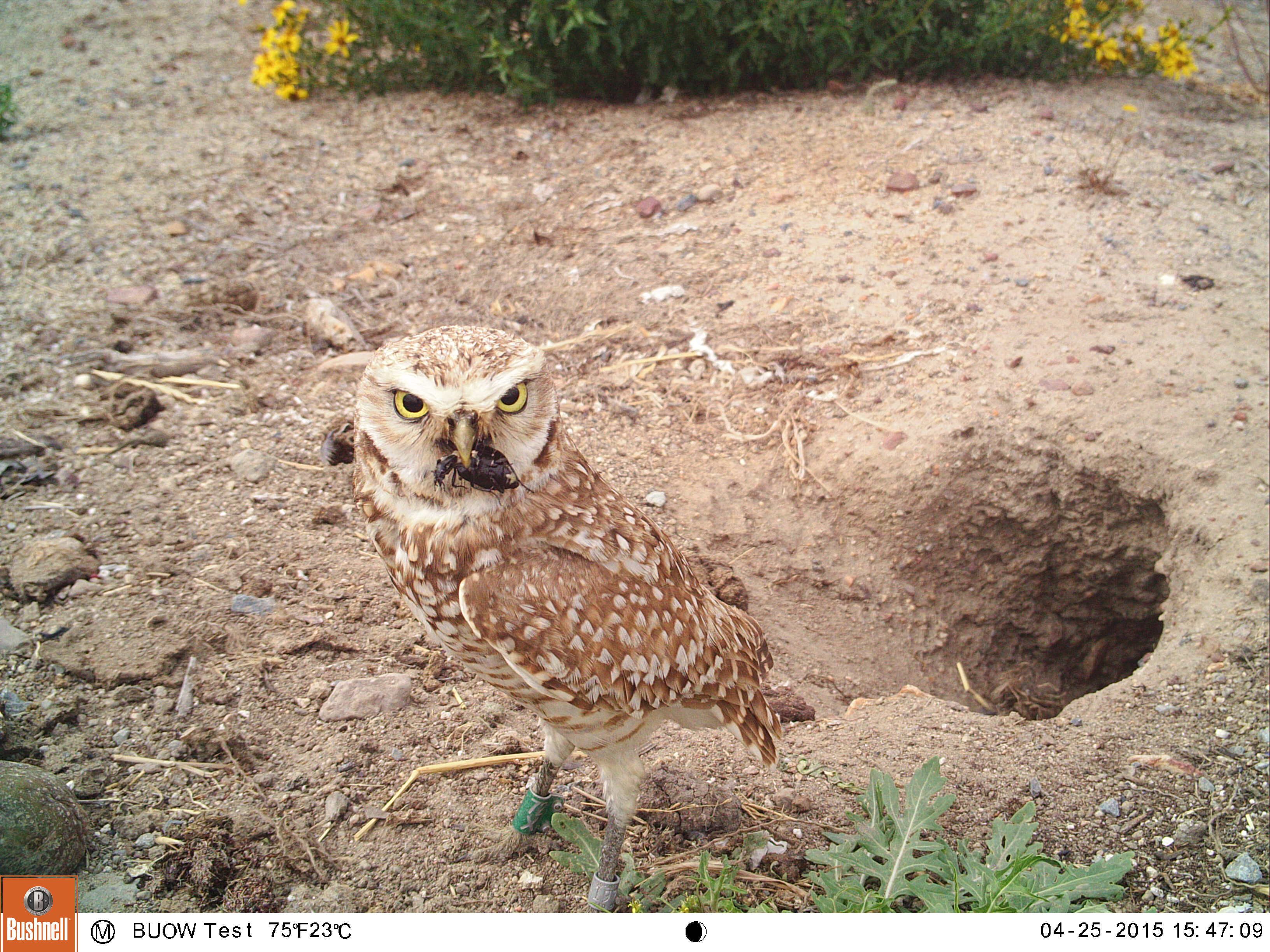
The Burrowing Owl Recovery Program was initiated in 2010 as a research project focused on understanding the mechanisms driving the decline of western burrowing owls in San Diego County. Since then we have grown into a full-spectrum recovery program dedicated to halting and reversing the decline of burrowing owls. We collaborate with a diverse group of partners at field sites across southern California on both local and regional studies.
These efforts include everything from reengineering the habitat to make it suitable for burrowing owl colonization, to studies designed to improve relocation methods, and to a conservation breeding program. We have assessed habitat suitability across multiple scales and have prioritized areas for habitat restoration and translocation. We have developed strategies to reestablish the ecosystem engineers-- the California ground squirrel-- which owls rely on to dig their burows. We have also developed an updated design for artificial burrows that better mimic the temperature and humidity levels of natural burrows. We are using satellite GPS telemetry to track owls after translocation to determine currently-unknown movement patterns and fates of relocated burrowing owls. The goal of this work is to advance the science and conservation of burrowing owl populations in southern California.








